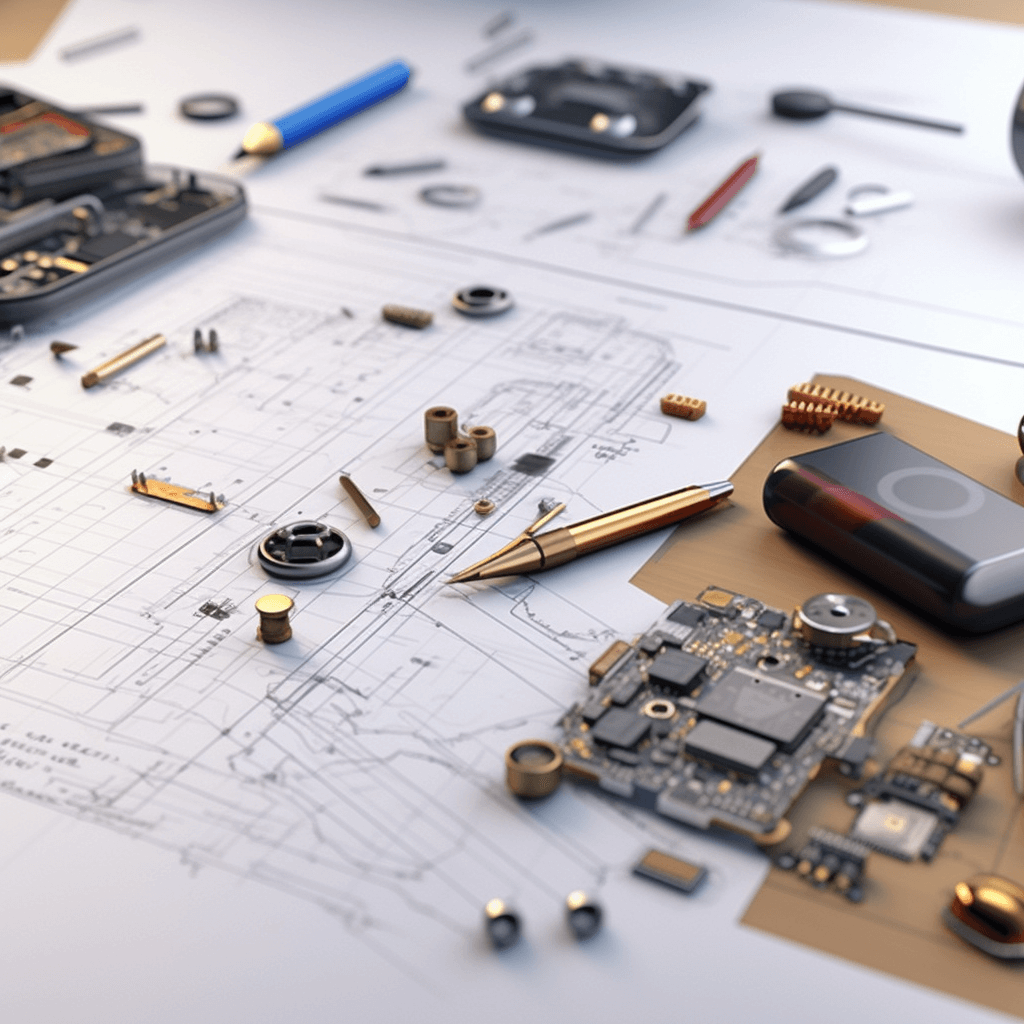
Nowadays, saving energy is one of the most important tasks facing not only large, but also
small or medium-sized companies. Energy prices continue to rise. According to Eurostat, in
2021, domestic prices at industrial producers increased by 73.6% year-on-year (source:
https://bit.ly/energia-ceny)! Moreover, the geopolitical situation in the energy commodities
market is still uncertain. This is why more and more companies are turning their attention to
modern technologies to save energy and reduce costs.
One of the key factors in an effective savings policy is to carry out a cost-effectiveness
analysis of savings measures. Another important aspect is that, according to Polish law,
large companies are obliged to carry out an energy audit once every four years, as a result
of which they find out in which area they should look for savings. For this purpose, many
companies turn to external R&D to research and develop new technologies. Such a research
and development department is able to develop an exemplary system for a company to
reduce energy costs or help optimise or automate processes.
One of the most important factors in the decision to implement new energy-saving
technologies is the amortisation of the costs incurred in introducing automation. Introducing
innovative solutions may require a certain financial outlay, but by reducing energy costs, this
outlay can be recouped within a certain timeframe. However, it is worth remembering that
reducing energy costs is not only a financial benefit, but also has a positive impact on the
environment.
Introducing innovative energy solutions to companies is also a way to increase
competitiveness in the market. Companies that invest in this area modernise their processes
and are better cost-optimised, which translates into increased profits that can be redirected
to activities such as promoting the company, creating a new product and launching it on the
market or employing a highly qualified specialist. An important step (if not the most important
one!) is to analyse electricity consumption in the context of the energy intensity of production
processes, thus identifying areas where costs can be minimised. One good tool is
consumption monitoring software, which can also detect sources of energy loss or automate
energy shutdown when it is unused but still being drawn.
The technology market offers many interesting solutions to save energy. One of these is
smart lighting, which can be configured so that lights turn on and off automatically in rooms
where no person is present. Another solution is special air-conditioning systems, which allow
the room temperature to be regulated efficiently.
This type of solution can be implemented by looking at the bigger picture - by installing
intelligent sensors to monitor various parameters in the rooms, such as temperature,
humidity, light intensity or movement. Such detectors will find their use in warehouses or
office spaces, among others, and can monitor light intensity, allowing the lighting to be
automatically adapted to current weather conditions, for example.
Of course, the use of intelligent sensors in a company involves the design of an appropriate
system, the preparation of equipment and also the creation of software that will 'tie' the
whole thing together. It is worth thinking here about carrying out the aforementioned cost-
effectiveness analysis to see what the payback time is for the investment and to assess its
real value.
Another way to reduce energy expenditure is to invest in photovoltaic panels. In recent
years, panel prices have fallen and are starting to become more affordable for small and
medium-sized companies. To further enhance the benefits of photovoltaics, it is worth
supporting it with the use of an intelligent panel control system, which can be correlated with
a real-time energy management mechanism.
How does real-time management of energy consumption achieve savings? Above all, it
enables constant monitoring of the energy consumption of individual appliances and the
entire building. This allows you to keep track of how much electricity specific equipment is
using, as well as identifying situations where energy is being wasted. When a company
notices this (in addition to the steps already mentioned), it can implement measures to work
on changing employees' habits. When you have the means to do so, invest in state-of-the-
art equipment and higher-end savings and bespoke solutions made directly for your
business.
If you have a limited budget look for alternatives that have already been tried and tested by
other companies. Move the most energy-intensive production processes to the hours when
the night-time tariff applies. Also take care of the proper thermal insulation of the building.
Optimise lighting by using LEDs and ensure a source of natural light, which will not only save
you a lot of money but also have a positive impact on the wellbeing of your employees.
Pay attention to research and development, if you have the financial background invest in an
R&D department. This is where new ideas and solutions are generated to make even more
efficient use of its resources. The R&D department should therefore have the resources to
develop its designs and carry out prototype testing, or you can outsource these tasks to an
external contractor.
In summary, saving energy in a company is very important for a number of reasons - it helps
to reduce costs, improve efficiency, reduce CO2 emissions and strengthen the company's
corporate social responsibility (CSR) image. Modern technologies such as intelligent energy
management systems, automation, energy building management systems, photovoltaics or
energy storage are key tools for companies looking to meet their savings implementation
targets.
The R&D (research and development) department can be a good solution for innovative
companies that want to exploit the potential of new technologies and at the same time
modernise their business to optimise energy costs. It is worth carrying out a cost-
effectiveness analysis to ensure that investments in energy savings are worthwhile. Cost
amortisation can help reduce investment costs in the long term. In the current geopolitical
situation, in which energy commodity prices are increasingly volatile, energy conservation is
becoming even more important - for countries, companies and ordinary people alike. Secure
your future, think about key aspects in advance.

Protection of inventions | 12.06.2023
When your company's ideas are used without permission, you risk financial loss and loss of...

Designing innovations | 12.06.2023
Market research is an essential part of any company’s success, regardless of industry or size...

Designing innovations | 24.05.2023
Key Elements of New Equipment Design Designing a new device is a process consisting of...